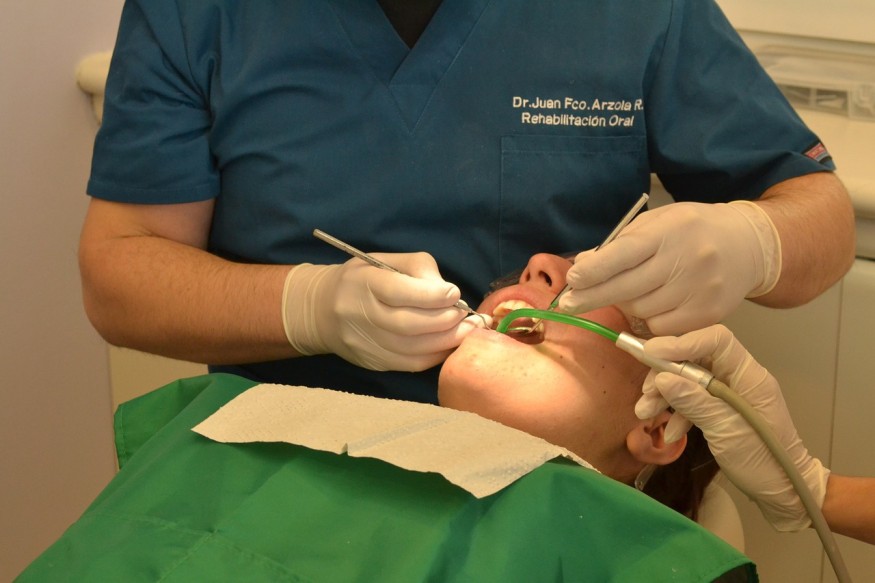Two 3-D printable resins currently available in the market and are being promoted as "being biocompatible for use" in dental services are found to be toxic to reproductive health.
According to a Phys.org report, these products have also been found to leach compounds around them readily.
According to Northwestern University research in mouse oocytes, such compounds can stimulate strong poisonousness in the oocyte, the egg's immature precursor, which can eventually be fertilized.
In this study published in the Chemosphere journal, the team of researchers made this surprising discovery while verifying the use of commercially available 3-D printable resin materials "to culture reproductive cells."
According to the study's co-corresponding author Francesca Duncan, their study findings are essential as they demonstrate leachates from typically used materials in 3-D printing slated "biocompatible." However, have negative impacts on reproductive health.
Duncan, also a Northwestern University Feinberg School of Medicine assistant professor of obstetrics and gynecology, added a crucial need to further understand both the identity and biological effect of compounds leaching from these materials.

Potential Toxicities Investigated
While there have been many studies investigating toxicities because of exposure to 3-D printed materials, no studies that examined the probability of reproductive toxicities induced by such materials in mammalian models have been identified.
Despite the revelations around revelations surrounding BPA nearly two decades ago, it is still unusual that the probable effect new material may have on reproductive health is thoroughly and methodically investigated despite the universal nature in humans' everyday lives.
The clear tooth aligner market that utilizes resins like DSG or Dental SG or DLT or Dental LT has turned out to be a multi-billion-dollar business in the past years, explained Duncan, with some firms using 3-D-printing methods in manufacturing because of their capability of rapidly producing products.
Together with his team, Duncan described the resins' leachates through the use of mass spectroscopy and identified a commercial light stabilizer, Tinuvin-292, that's typically used in the plastic materials' production.
The study findings potentially reach well more than just 3-D printing space, although Duncan said since Tinuvin-292 is a common a common additive used when producing many different types of plastic products.
DLT and DSG Resins
Even beyond dental use, 3-D printed materials are being used more frequently because of recent technological advancements, making them easy to produce.
Scientists claim, while study findings only offer evidence for toxicity of these materials in eggs, in an in-vitro setting, whether there are possible in vivo effects should be investigated.
This is particularly the case for DLT resins, which are designed for developing oral retainers that need to stay in an individual's mouth for an extended period, resulting in an expanded exposure in the body.
Duncan explained the outcomes demonstrate reproductive poisonousness needs to be a priority when describing all materials humans may come across within a medical background in their everyday lives.
As for the next steps, scientists are planning to examine whether vivo exposures to both DSG and DLT resins have egg toxicity the same as what happens in vitro, investigate whether there are sex dissimilarities in reproductive toxicity in response to DGS and DLT, and study the levels of human exposure to Tinuvin-292.
RELATED TOPIC : It May Feel Uncomfortable, But Wearing Mask During Exercise Should Not Damage Oxygen Intake
Check out more news and information on Medicine & Health on Science Times.
© 2025 ScienceTimes.com All rights reserved. Do not reproduce without permission. The window to the world of Science Times.












